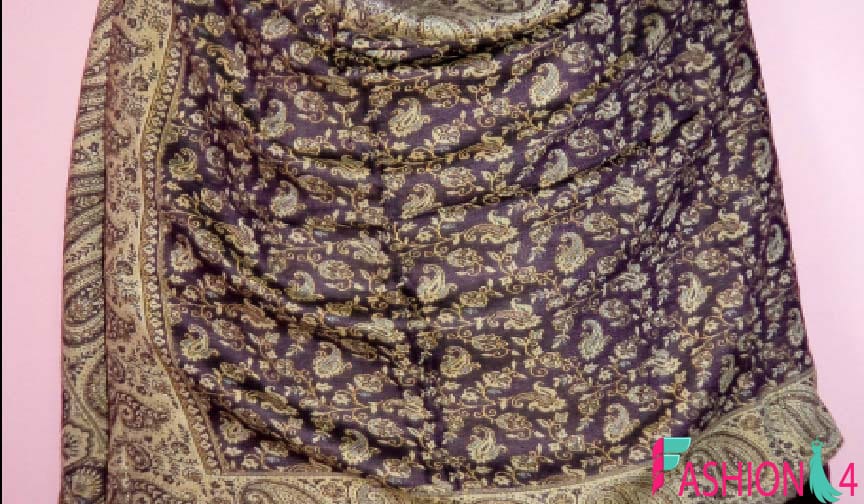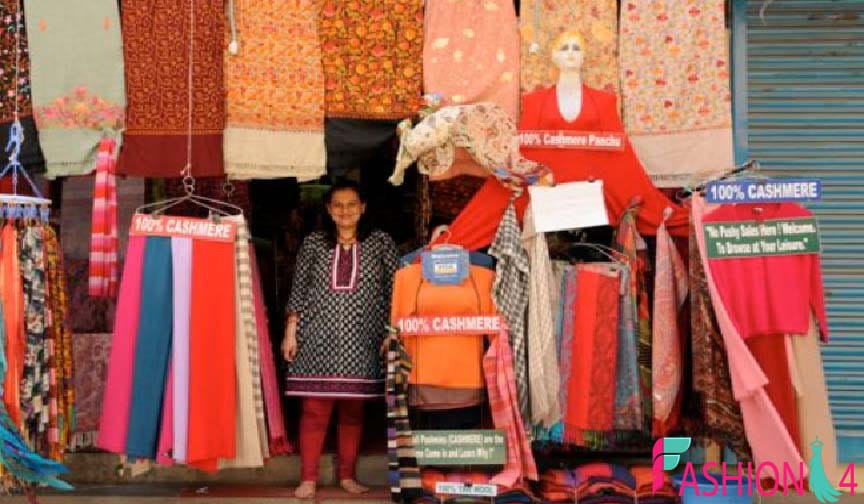
Introduction
Have you ever wrapped yourself in something so soft that it felt like a warm hug from nature? That’s what Indian cashmere offers—a timeless blend of luxury, heritage, and comfort. From the misty Himalayan valleys to the global fashion runways, the journey of Indian cashmere is as fascinating as the fabric itself. But what makes it so special, and why has it become a staple in every fashion connoisseur’s wardrobe? Let’s unravel the story together.
Table: Key Facts About Cashmere Indian
| Feature | Detail | Significance |
|---|---|---|
| Origin | Himalayan regions of India | Unique climate creates superior wool |
| Source | Pashmina goats | High-quality, ultra-soft fibers |
| Material Type | Wool | Lightweight and breathable |
| Crafting Process | Hand-spinning and hand-weaving | Reflects artisanal heritage |
| Primary Regions | Kashmir and Ladakh | Known for premium Pashmina |
| Global Recognition | UNESCO-certified heritage craft | Symbol of luxury worldwide |
| Durability | Long-lasting with proper care | Sustainable investment |
| Cost Range | $100-$5,000+ | Depends on purity and craftsmanship |
| Key Colors | Natural earthy tones | Can be dyed for vibrant hues |
| Cultural Role | Integral to Indian traditions | Worn in ceremonies and celebrations |
The Origins of Cashmere Indian
Where Does It All Begin?
Cashmere Indian wool traces its roots to the high-altitude Himalayan regions. It’s here, in the frosty climates of Kashmir and Ladakh, that Pashmina goats thrive. These goats develop an undercoat of fine, soft fibers to endure the cold, and this very undercoat becomes the luxurious cashmere we adore. Isn’t it incredible how nature itself engineers this perfect blend of softness and warmth?
Why Is Kashmir So Important?
Kashmir isn’t just a place; it’s the heartbeat of the cashmere trade. The term “Pashmina” comes from the Persian word Pashm, meaning wool, emphasizing its deep cultural roots. For centuries, artisans in Kashmir have mastered the art of spinning and weaving cashmere by hand, turning raw fibers into wearable masterpieces.
Craftsmanship: The Soul of Cashmere Indian
A Labor of Love
Did you know it takes nearly 400 hours to create a single Pashmina shawl? Each piece passes through skilled hands that spin, weave, and embroider it with meticulous care. Unlike mass-produced fabrics, Indian cashmere stands out for its handcrafted authenticity.
Traditional Techniques vs. Modern Demands
While machine-made cashmere exists, traditional hand-weaving remains unparalleled in quality. Imagine comparing a symphony played live to a recorded version—it’s the same difference. The human touch gives Indian cashmere its soul, making each item unique.
Why Indian Cashmere Stands Out
Superior Quality
Not all cashmere is created equal. Indian cashmere is softer, lighter, and warmer than most of its global counterparts. This superiority is due to the unique Himalayan conditions, where the goats produce finer fibers.
Cultural Significance
In India, cashmere isn’t just fabric—it’s a tradition. It’s draped over brides on their wedding day and gifted to loved ones as a token of respect and warmth. Owning a Pashmina isn’t merely about fashion; it’s about carrying a piece of heritage.
How to Spot Authentic Cashmere Indian

Feel the Fabric
Authentic cashmere feels incredibly soft and lightweight, almost like holding a cloud. Counterfeit products may feel coarse or overly smooth due to synthetic blending.
The Ring Test
Here’s a fun test: a genuine Pashmina shawl can pass through a standard ring effortlessly. If it doesn’t, it’s likely not the real deal.
Price as an Indicator
Quality comes at a cost. While you might find “cashmere” products at a bargain, genuine Indian cashmere is an investment worth every penny.
Caring for Your Cashmere Indian Products
Wash with Love
Hand wash your cashmere in cold water using a mild detergent. Avoid wringing it out—let it air dry instead.
Storage Matters
Store cashmere in breathable cotton bags and keep it away from moths by using cedar blocks or lavender sachets.
Handling Wrinkles
Light wrinkles can be smoothed out by steaming, but never iron directly. Treat your cashmere like the treasure it is!
Why Cashmere Indian Is a Timeless Investment
Investing in Indian cashmere is like owning a piece of wearable art. Whether it’s a shawl, scarf, or sweater, its versatility, durability, and elegance ensure you’ll cherish it for years. Think of it as an heirloom—a gift for generations to come.
FAQs About Cashmere Indian
1. What makes Indian cashmere different from other types of cashmere?
Indian cashmere, particularly Pashmina, is known for its unparalleled softness, warmth, and lightweight texture. It’s handcrafted, which enhances its quality and cultural value.
2. How can I ensure I’m buying authentic Indian cashmere?
Look for certifications, conduct the ring test, and buy from trusted retailers specializing in Indian Pashmina. Authenticity often comes with a higher price tag.
3. Is cashmere sustainable?
Yes! Indian cashmere is produced in small quantities with traditional methods that respect the environment and animals. Its durability also makes it a sustainable choice.
4. Can I wear cashmere all year round?
Absolutely! Cashmere is breathable and lightweight, making it suitable for cooler summer evenings and layering in winter.
5. Why is Indian cashmere so expensive?
The cost reflects the high-quality fibers, extensive craftsmanship, and limited production. Each piece is a labor of love, making it a luxurious investment.
Conclusion
Indian cashmere is more than just a fabric—it’s a testament to the beauty of nature and human skill. From its origins in the Himalayan hills to its place in your wardrobe, it carries a legacy of comfort, elegance, and tradition. So the next time you see a Pashmina shawl, remember: you’re not just looking at wool; you’re witnessing centuries of art and culture woven into perfection.
Embrace the magic of cashmere Indian—it’s luxury you can feel, heritage you can wear.
MORE VISIT, Fashion4

